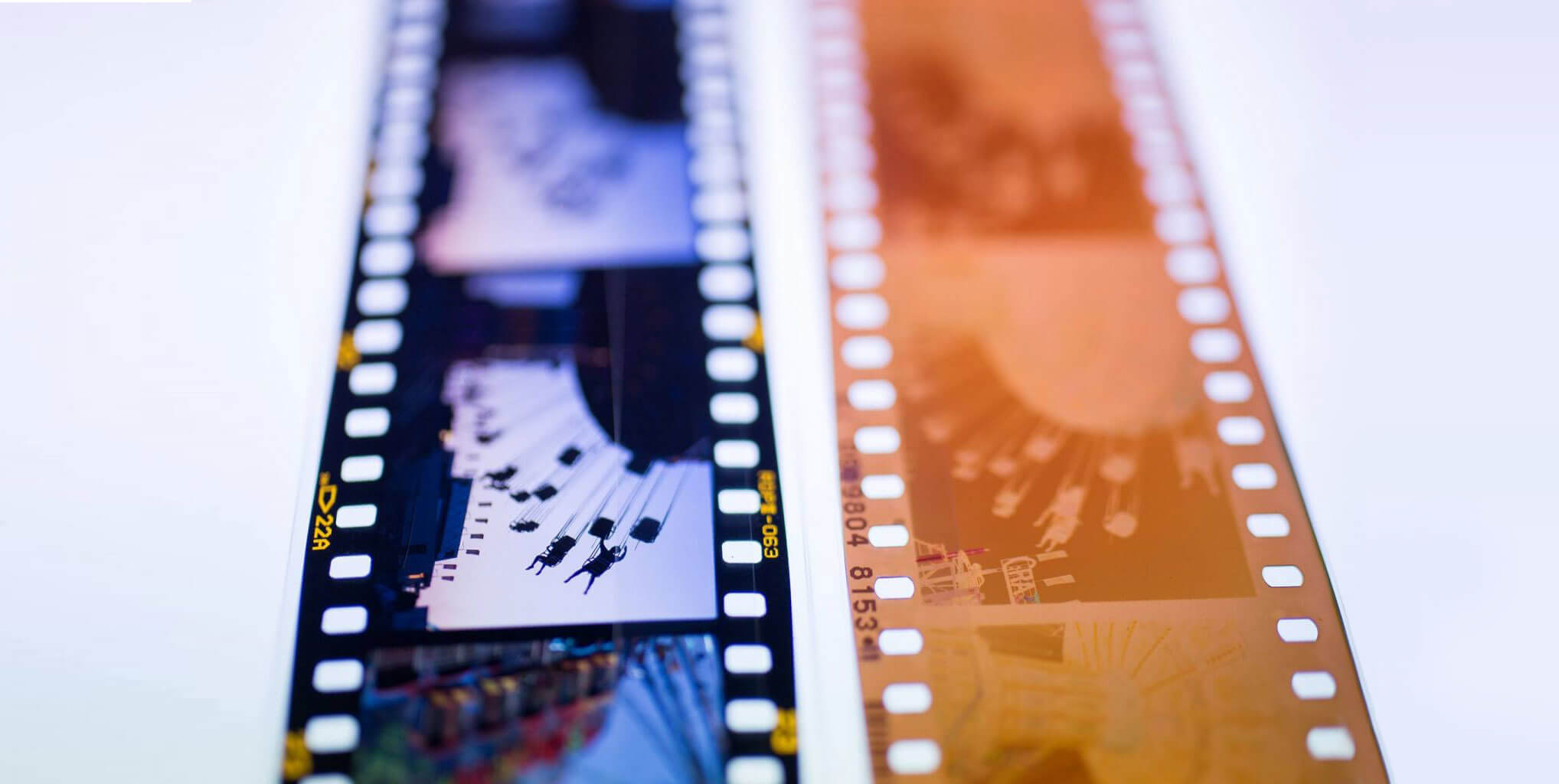
E-6 – What’s In A Name?
Is slide film still available?
While some popular slide films have ceased in production, there are still many available from Kodak and Fujifilm in 35mm, 120, and even larger formats. FujiFilm never stopped producing slide film and currently sells three different types: Velvia 50, Velvia 100, and Provia 100f. With that in mind, we thought it would be a great time to compare some of the great E-6 options available today. Sadly, as you’ll discover below, many of the best slide films are no longer manufactured by the leading brands.
C-41 – Popular By Demand
On the flip side is the color negative film, otherwise referred to as C-41 due to the processing technique. A technique that was developed and introduced by Kodak in 1972. A film that relies on C-41 processing is by far the most common film type available today. C-41 or color negative film is, as the name suggests, a negative with tone and color reversed once developed. The printing or scanning process reverses the color and tone to produce the positive image we see in prints and scans.
C-41 tends to be more cost-effective to purchase and develop – plus, the range of film available is considerable. A great benefit of the C-41 process is the ability to push-process a film for longer durations to obtain interesting results. Another interesting approach is to cross-process the E-6 slide film in the C-41 method. While the resolution in C-41 is not even close to E-6, the dynamic range and speed have more significant variance.
|
|
Kodak Ektachrome 100Kodak’s Ektachrome is a popular slide film that comes in 35mm and 120. It’s highly regarded for its rich detail and resolution, along with its vivid true-to-life colors and super fine grain. If you intend to shoot portraits or landscapes, it’s well worth taking a shot with the Ektachrome 100, provided you have suitable daylight exposure conditions. Kodak |
|
|
Velvia 50Fujifilm’s Velvia is a lower-speed slide film that produces stunning color and ultra-fine grain. It also delivers far better tonal transitions and exposure latitude when compared to Fuji’s Velvia 100. The blend of Velvet and Media created the name Veliva – it’s an apparent reference to the velvet smooth photos produced from this slide film. If you wish to make the most of Velvia 50, it’s well suited to contrasting light conditions. Fujifilm [Introduced 2007]
Speed: ISO 50/18° | Balance: Daylight | Saturation: very high |
|
|
Fujichrome T64Fujichrome T64 is a standout slide film introduced by Fujifilm in 2006 but was short-lived as its manufacture ceased. Considered a new film still, it delivers one of the highest levels of fine-grain seen in this speed. What’s more, its color reproduction is fantastic, and as it’s a Tungsten film, it casts a strong blue tone. If you shoot in the right daylight conditions, blues will be deliciously moody regardless of shooting architecture, interiors, or close work such as products. Further to this, it produced a rich gradation and gray balance. Fujifilm [Introduced 2006]
Film is no longer being manufactured. |
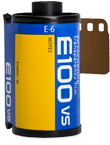 |
E100VSKodak’s E100VS is yet another film that has met its fate, and they’ve stopped production. This color reversal film delivers incredibly vivid color saturation in daylight conditions. If you want to create high-color transparencies, E100VS is the go-to slide film for popping results. If you intend to capture the true color and dramatic hues in wildlife, food, and nature photography, this is the one…or at least it was. Kodak |
|
|
Fuji Provia 100FFujifilm’s Provia 100F is another 100 speed film considered one of the most versatile of all the slide films Fuji offers. The professional quality film features good exposure latitude with excellent contrast and well-controlled color saturation. As a result, Provia 100F is an ideal slide film for portrait photography as it correctly replicates skin tones. It’s available in all standard formats, including 35mm, 120, 4×5″, and 8×10″. At least this one doesn’t seem to be going anywhere just yet. |
|
|
Astia RAPAnother of Fujifilm’s 100 speed films is the Fujichrome Astia 100F (RAP 100F). It is a pro-quality color reversal film that delivers exceptionally fine gram. Thanks to its ability to capture strikingly smooth skin tones throughout the dynamic range, it’s also ideal for portrait photography. This discontinued film used Fuji’s Multi-Color-Correction Layer technology which delivers one of the highest levels of color fidelity in a film in this class. But it, too, is no more. Fujifilm |
|
|
Velvia 100Fortunately, the Fujifilm Velvia 100 is still in production and is a 100 speed daylight slide film. It excels with its incredibly high color saturation to make images boldly pop where no slide film has popped before. Velvia 100 achieves this by using next-generation cyan, magenta, and yellow plus anti-fading properties to retain high saturation levels. Velvia is a popular choice for nature photography, including wildlife, flora, and even macro subjects. Fujifilm |
|
|
FPP RetroChrome 400FPP RetroChrome 400 is a bespoke film created from surplus government High-Speed Eastman Ektachrome color positive film. RetroChrome is well suited to journalism, sporting events, and industrial photography applications in daylight conditions with a fast speed. Despite daylight use, shoot this at the prescribed ISO of 400. It’s also worth noting that RetroCromie 400 is an expired 2004 cold-stored film stock. Kodak Rolled by FPP | Speed: ISO 400 |
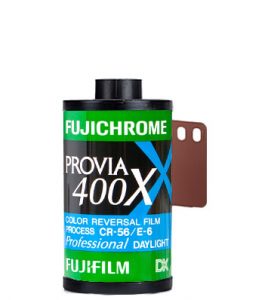 |
Fuji Provia 400xThe sad trend of discontinued Fujifilm slide film takes yet another before its time with the Provia 400X. Thanks to its 400 speed class, it is well suited to all lighting conditions and will work in any genre and deliver outstanding image quality. What’s more, it has a high saturation of color, fine grain, and exquisite sharpness. Fujifilm |
Final Thoughts On Slide Film
While there are still plenty of options available for E-6 color reversal films, there’s undeniable mourning for those no longer in production. It’s disappointing to see that Fujifilm, in particular, has called it quits on several unique slide films. There’s a certain magic to seeing a developed E-6 slide and holding it up to the light or admiring it through a handheld slide viewer. It’s like a moment captured in a tiny world and perfectly framed. It’s no wonder that craft and second-hand markets feature stalls with boxes and boxes of pre-loved slides. What’s more, wanderers pack these stalls holding their E-6 slides up to the light. Grab your E-6 film and go out and shoot to see what you think of slide film photography.
Slide Film and Portraits
Shooting with slide film is a great way to capture the vibrant colors of your subject. Slide films can also be used in portraiture because it has an ultra-fine grain, which will produce crisp and sharp images that are perfect for detailed closeups on people’s faces or other delicate details. However, when shooting this type of film remember that there isn’t as much exposure latitude given compared to color negative—so make sure you meter accurately!
Below are some portraits were taken with multiple different types of slide film. Photos by: Trev Lee
Kodak Tri-X v Ilford HP5
Film v Digital
Lomography’s Six B&W Film Stocks compared
Ektachrome v FujiFilm
$200 Canon Canonet v $5,000 Leica Rangefinder
Kodak Portra 400 vs. FujiFilm Provia 100f
One of these is Kodak Portra 400 and the other is FujiFilm Provia 100f. Portra is Color Negative and Provia is E-6 slide film – both are great film that produces beautiful results but as you can see, have a very different look. Which is which and what film do you prefer? Portra is a color negative film that has much better exposure latitude than the E-6 Provia slide, but on an evenly lit overcast day it’s harder to tell any difference between these two. Can you tell which is which? (Hint – Portra is a warmer film!)
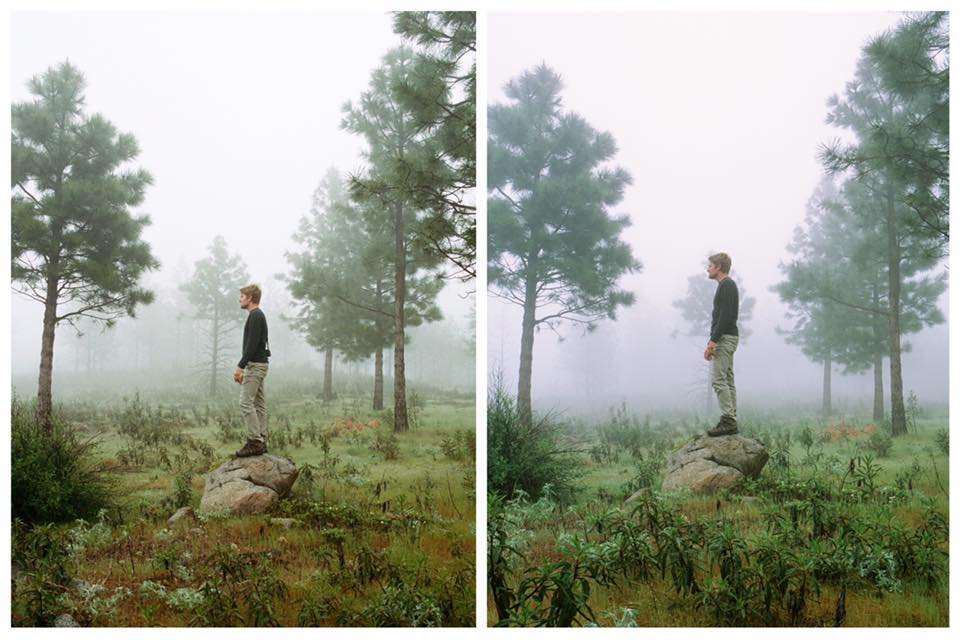
Portra 160 vs. Provia 100F



 My Account
My Account

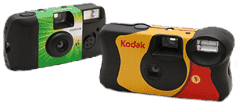
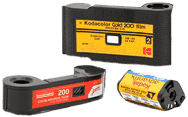
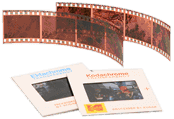
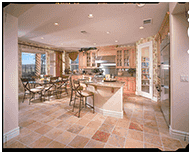
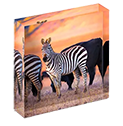
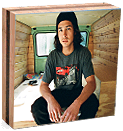
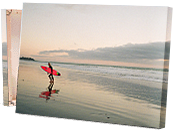

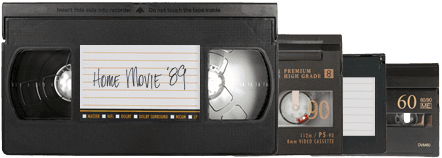
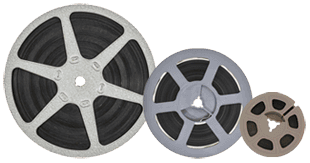
 Gift Cards
Gift Cards Film Index
Film Index FAQ
FAQ
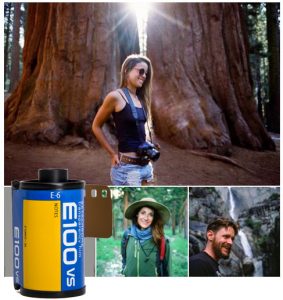


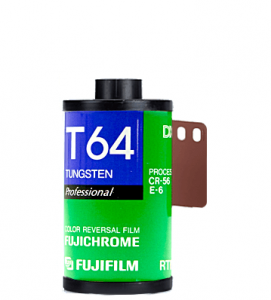

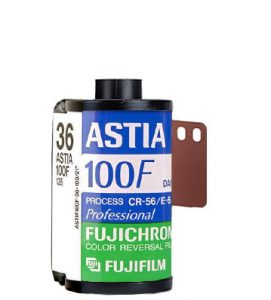
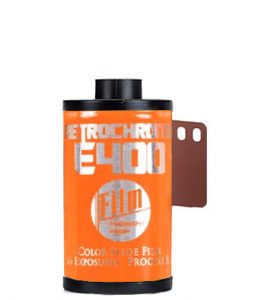

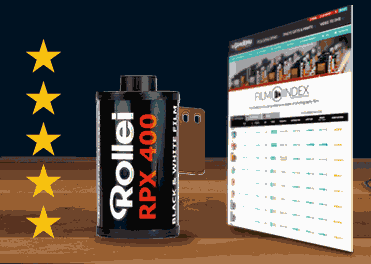
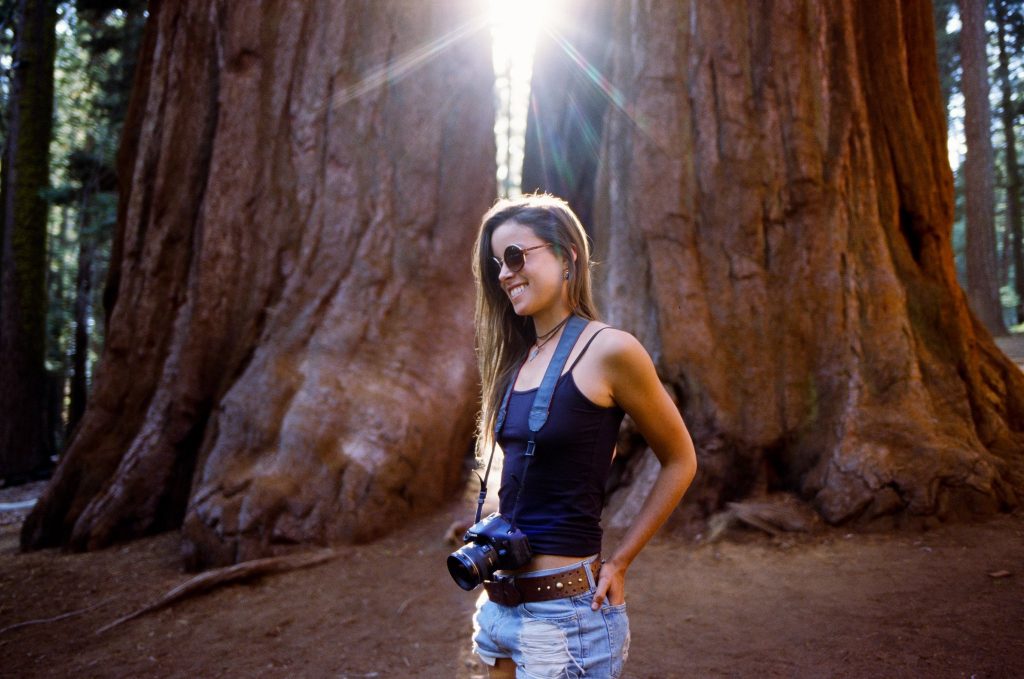



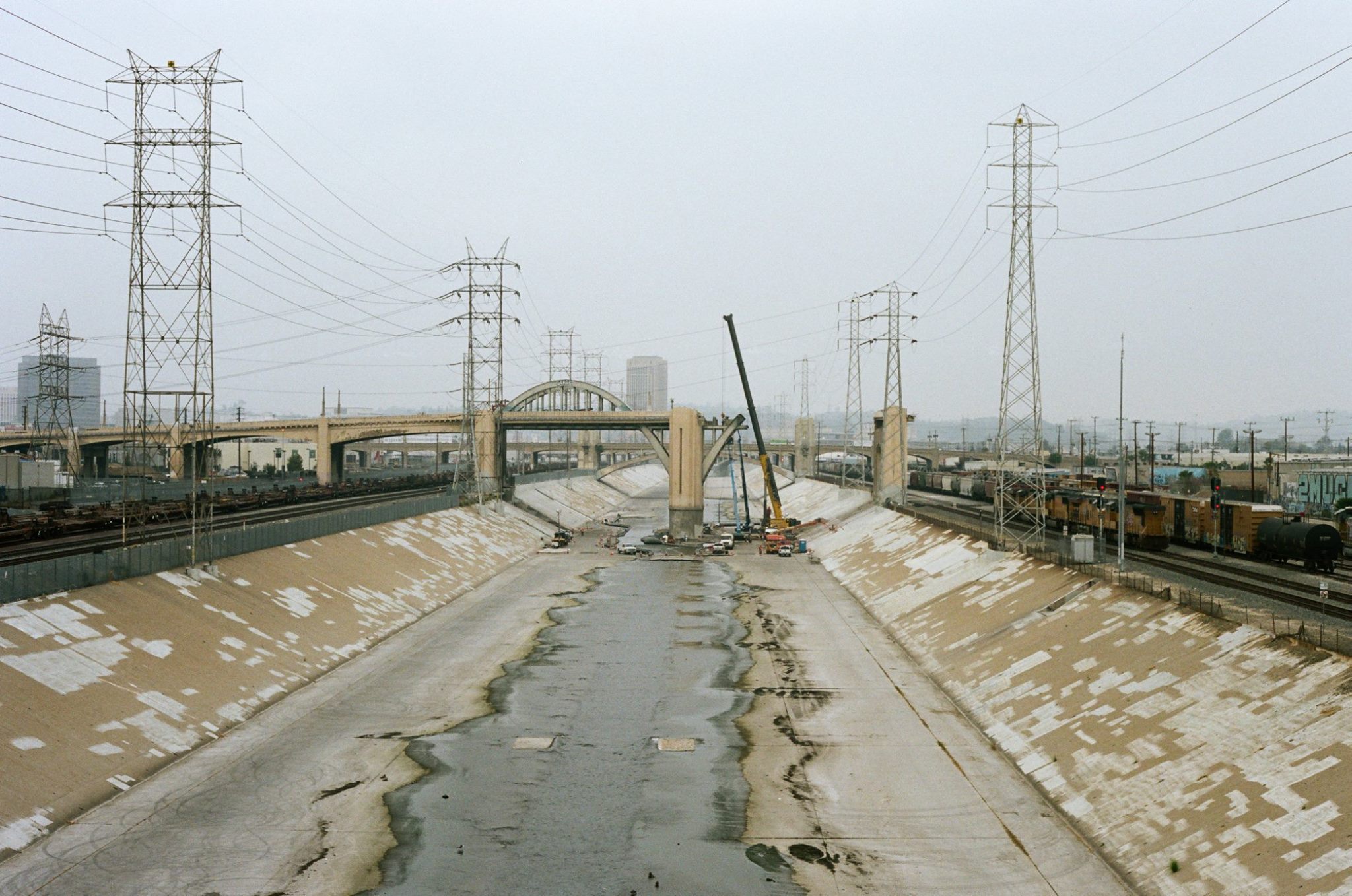
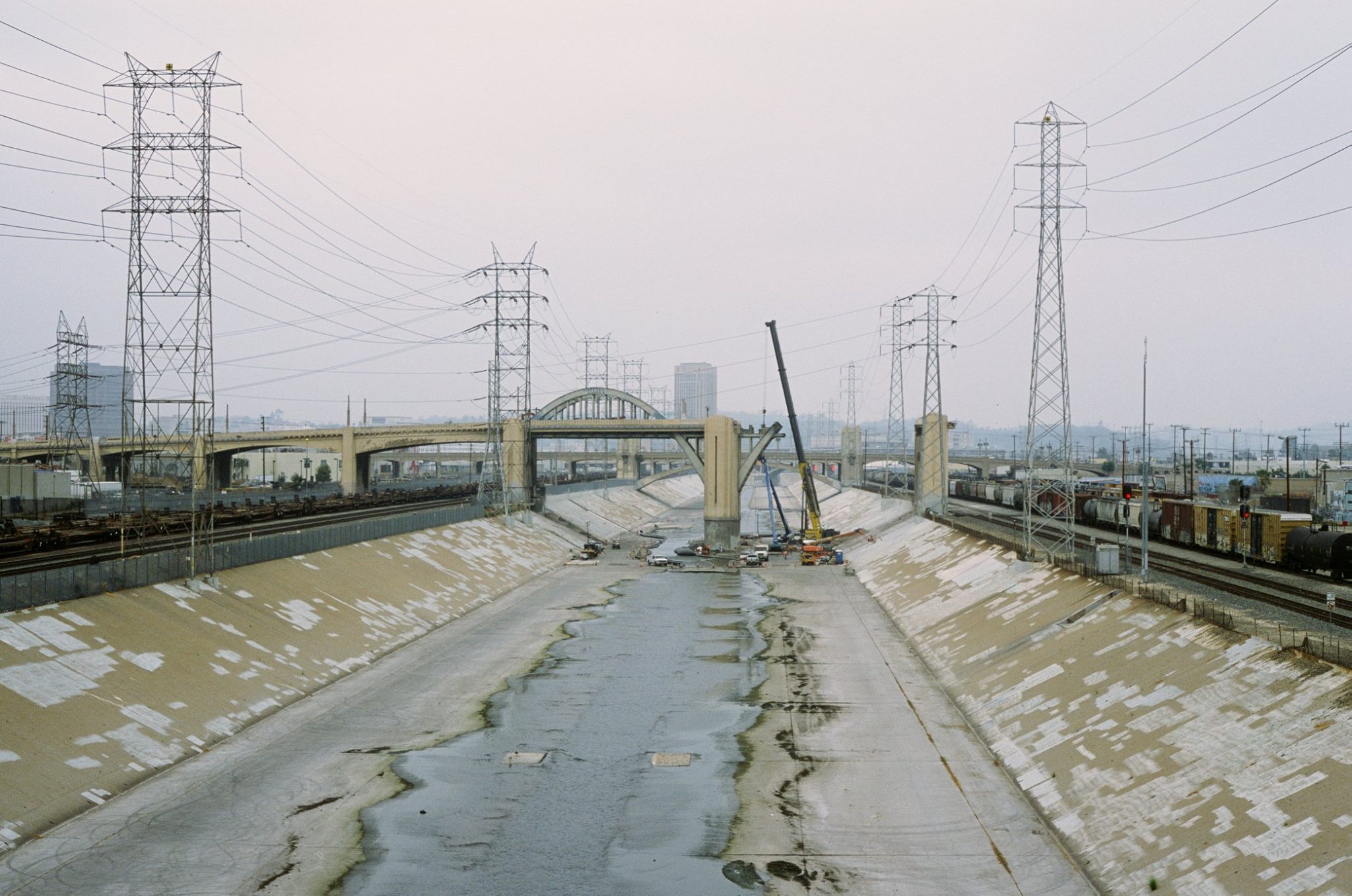
That would be cool and I would like to tell you about the best https://EasyDemolitionCompanyStLouis.com/ services help here.
Thanks! I read this post. You can find how to take a screenshot in the windows folder inside your Pictures folder. Useful tools for you when using smart devices.
great post for newbie!
great post for newbie!
Haven’t done E-6 in at least 15 years but we used steel tanks in a single Calumet sink and “dunked” everything from large format to 35mm in it. All the solutions were sitting in the same 100.5 degree Fahrenheit water bath, and we did the entire process in total darkness, by feel and a lumed clock.
The Thedarkroom members can play duck life 4 game for free online with me?
I shoot a ton of E6, it’s basically the same price as C41 in the case of shooting 120 film and home developing. There is but a slight premium on a film like Provia compared to Ektar or Portra, the E6 chemistry is also a little more expensive but if you do it at home it’s very manageable. The easier scanning is worth a lot too for me 🙂
The levels of geometry dash lite are designed to be played in rhythm with the music, which means that your jumps and taps should be timed to the beat.
thnks for such a amazing info
Are you waiting to enjoy the upcoming AMA Supercross 2024 from your home? Here are the ways to watch AMA Supercross Live Stream on the NBC Sports Gold, Supercross Video Pass, Peacock, & more. If you still miss a cable TV network, get the best alternative options to enjoy AMA Supercross 2024 live stream in the article.
I’m having a lot of trouble taking photos at night, I think I’d like to see a post on this.
Get ready for a night of glitz and glamour with the 96th Academy Awards, set to dazzle the Dolby Theatre in Hollywood, Los Angeles, on Sunday, March 10, 2024. 2024 Oscars Awards Live
Thanks. This is helpful. Tronologic
Tried this tricks and flaunting this techniques among my friends who homestay in Almora thanks to you
Shadow Team Mod has everything a person who is interested in Free Fire has. You are already aware that Free Fire has developed into an extremely competitive game, and to become the best pro player possible. You will need to battle other players at all hours of the day and night. However, there are many Free Fire Mod APK apps and Free Fire Injectors available on the market to assist you in this challenging journey.
This is a very useful post Great work
This is a very useful post Great work
In candy clicker, an engaging and compulsive idle clicker game, players attempt to create the most sweets possible. This game’s simple rules and engaging gameplay provide for hours of wonderful entertainment.
Your article’s substance appears to have piqued the interest of a number of people, and I must admit that I am really impressed with your post. I look forward to reading more of your fantastic articles.